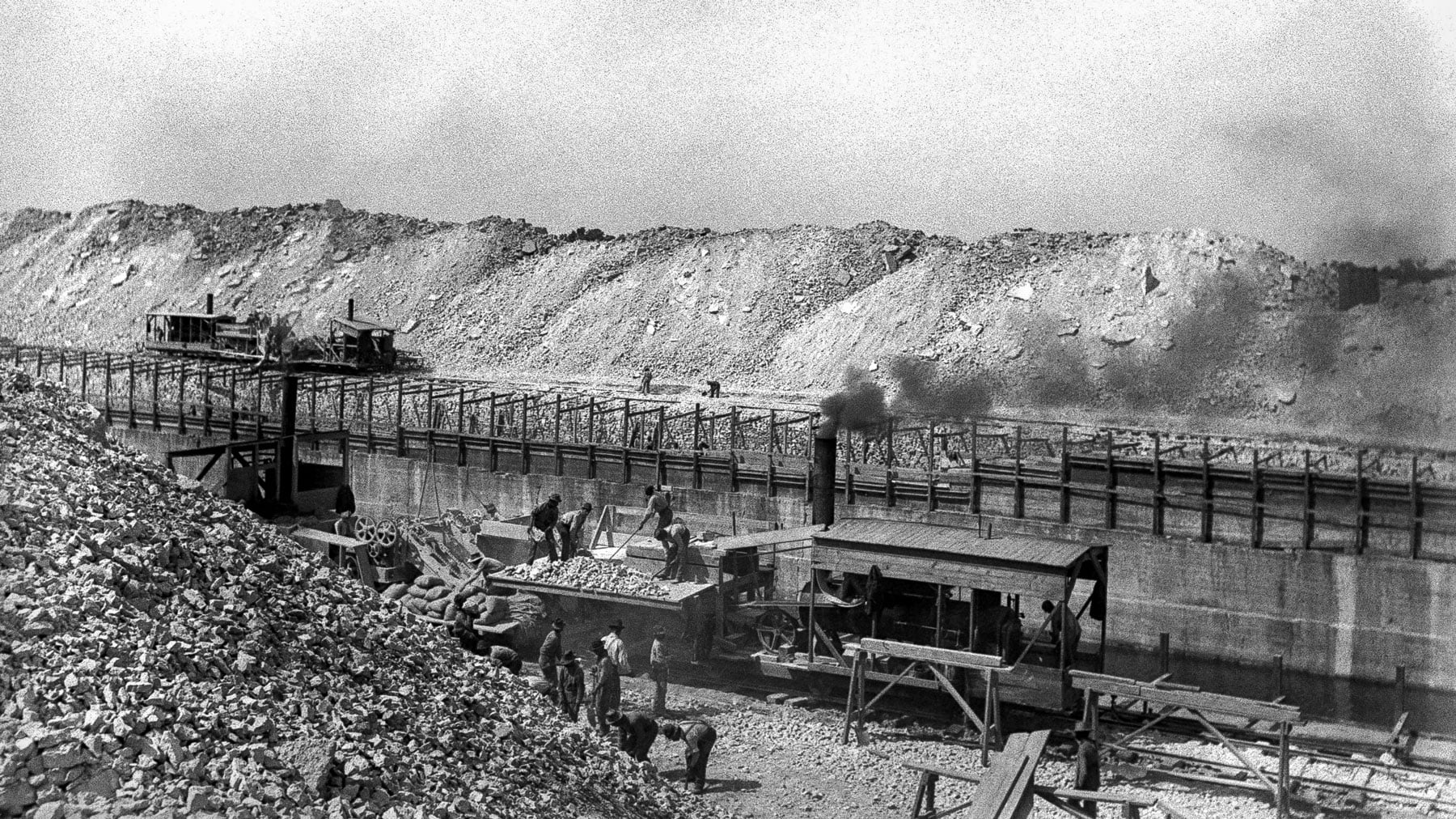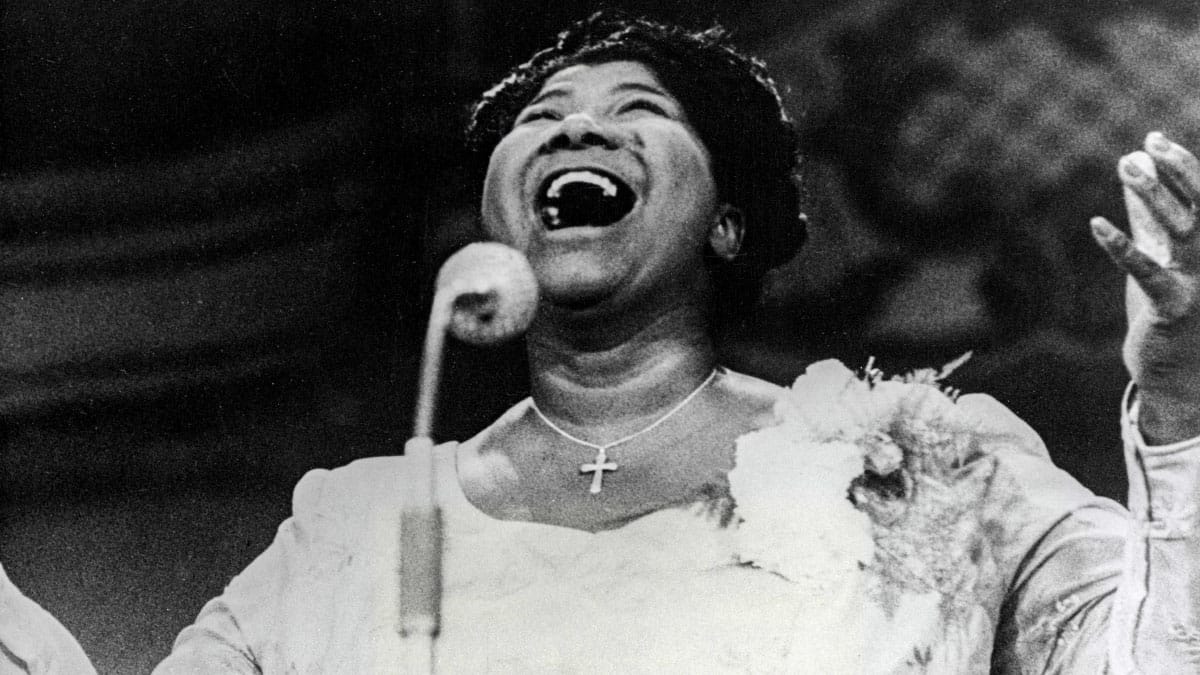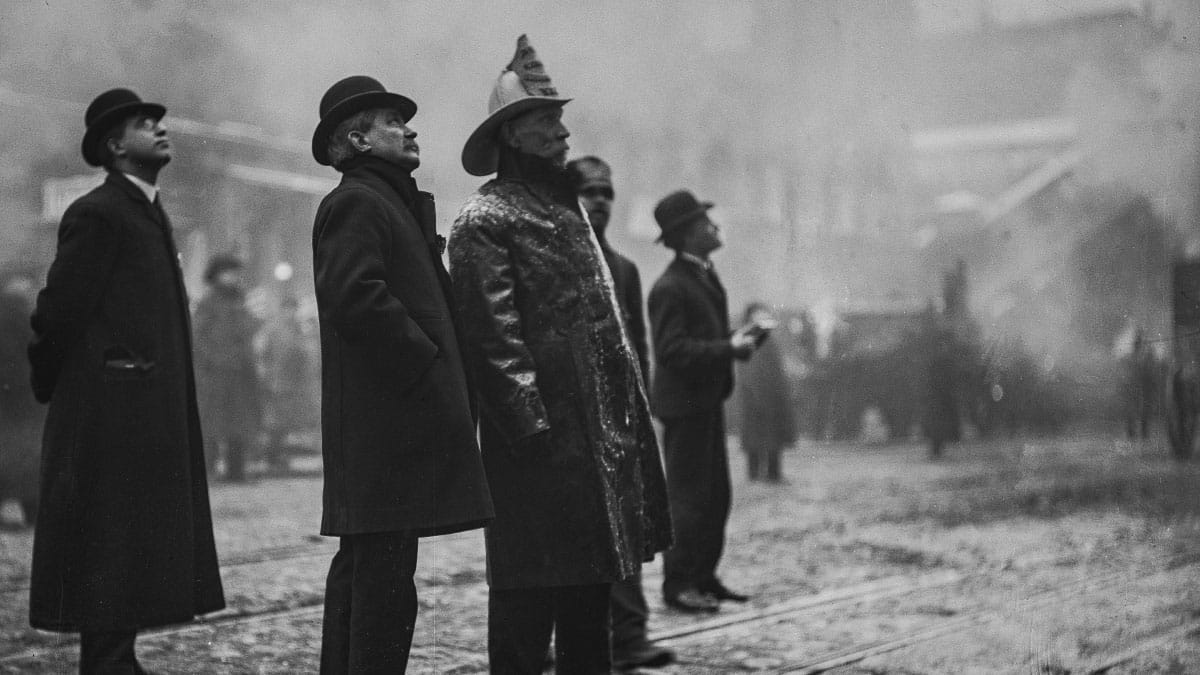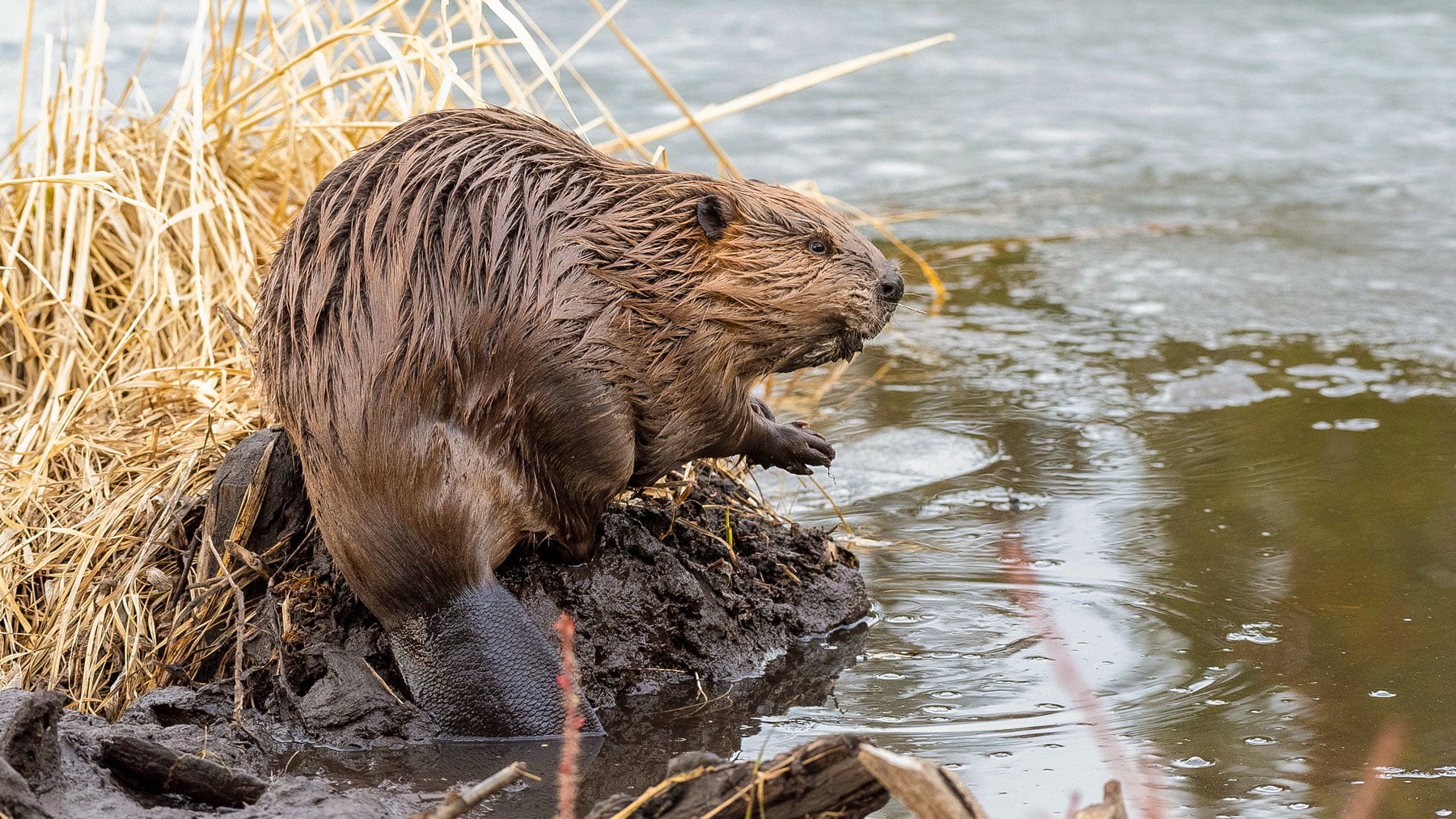It might be hard to imagine that a river that once had an unfortunate, gurgling branch called “Bubbly Creek” could be teeming with anything other than, well, muck. But after decades of work to clean up the mess, one walk along sections of the Chicago River system reveals a much more optimistic picture.
“The river system is alive with wildlife. It is really amazing. And if you spend any time outside, you end up seeing some really interesting things,” said Margaret Frisbie, executive director of the Friends of the Chicago River.
All kinds of animals rely on the Chicago River, its banks, and the surrounding areas. The river and its tributaries are their home, their source of food, their social club, and their highway. A variety of species – birds, bugs, fish, amphibians, and all manner of mammals – live in the areas near the river, along its banks, and in the water itself.
In the Water
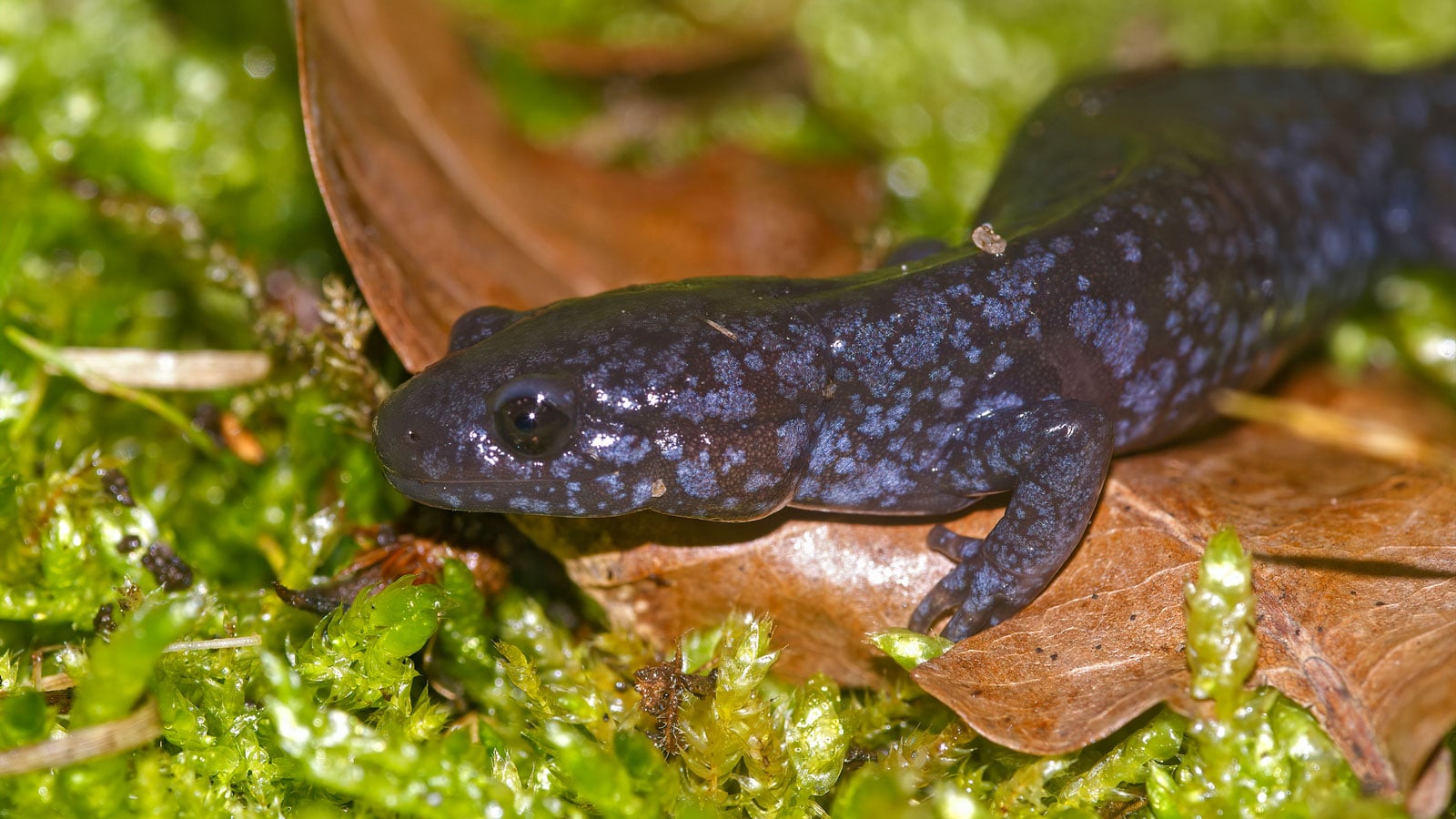
Spoiler alert: the Chicago River has fish! No surprise, right? But after a severely decreased fish population for decades, there has actually been an impressive rebound.
“The fish themselves are a good measure of the health of the river because there were about seven species of fish in the river in the 1970s. And by the last couple of years, almost 80 species have been found in the river,” Frisbie said.

That includes smallmouth and largemouth bass, catfish, carp, and bluegills. Frisbie says they’ve even found American eels. The river is also full of macroinvertebrates. Among that dynamic group are crustaceans (think: crayfish) and mollusks (looking at you, mussels and clams). And no ecosystem would be complete without insects, many of which rely on native plants to thrive.
Amphibians, such as spotted salamanders, and reptiles are frequently spotted along the river. Turtles are abundant, too. Just to name a few: snapping turtles (remember this guy?), spiny softshell turtles, map turtles, and painted turtles can all be found going for a swim in the river. And not just in quieter areas, too.
“They sometimes get found in amazing places, like Division and Halsted and on the South Branch near River City,” Frisbie said.
Restoration projects in recent years have cleared out invasive plants to allow turtles to nest more effectively. As an added bonus, clearing out invasive plant species allows more native plants to take root, which is better for the soil, prevents erosion, and provides more space for birds and pollinators.
While the aquatic habitat is healthier than it was several decades ago, there are still things advocates want to accomplish to help these species continue to flourish. According to Frisbie, dam removal within certain parts of the river is chief among their priorities, since it allows fish and other aquatic creatures such as mussels to move upstream.
Frisbie also cited one study by Dr. Timothy Hoellein of Loyola University that found 93 percent of fish in Chicago’s waterways had plastic in them, either in their stomachs or through the presence of microplastics in their bodies. Some 77 percent of the litter in the river is either plastic or polystyrene foam.
Chicago has a combined storm-sewer system, in which both sewage and stormwater drain into the same pipes. So if it rains a lot, the excess water can discharge into the river, bringing runoff, sewage, and all the other nasty stuff that goes along with those things into the waterways. It’s bad from a public health perspective for humans, says Frisbie, but it’s also harmful to the animals that call the river home. The excess nutrients in the waste can create algal blooms. When algae dies, the decay process uses up lots of the oxygen that the creatures living in the water need to survive.
Roadway runoff also poses a threat. The sodium chloride that peppers the roads in the winter doesn’t just leave its mark on cars and snow boots; Frisbie referred to the chloride component as “instant water pollution.” It’s toxic to both fish and amphibians. It can lead to deformities and shorter lifespans of salamanders and interfere with the spawning cycles of fish.
And because the animals that live along the banks or near the river depend on some of these animals for food, the various pollutants that enter the Chicago River impact far more than only the aquatic creatures.
Along the Banks

Along the banks of the river, called the riparian zone, all kinds of critters can be found crawling. According to a report from the Friends of the Chicago River, approximately 75 percent of the river’s edge is “naturally sloped.” The other quarter, most commonly found in the city proper, includes manmade structures such as stone, steel seawalls, and concrete or wooden structures.
Such animals as beavers, mink, and muskrats live in the riparian zone. Beavers almost became extinct in Illinois thanks to aggressive trapping in the 19th century, but they were reintroduced and are now much more common. Plus, one other furry, brown creature has recently returned.
“The research has shown that the river otters have come back,” Frisbie said. “The reason for that is that there is habitat, and there’s food.”
The relative improvement in the water quality (key word: relative) has also played a role in the otters’ comeback story. Oil and other pollutants can disrupt the coats of otters and other aquatic mammals, diminishing the ability of the coat to insulate the animal from cold weather. Frisbie said she heard about one male river otter found in the Cal-Sag Channel. It swam all the way up the Des Plaines River to the area near the River Trail Nature Center in Northbrook where there were a few female otters.
Like otters, birds are good indicators of the health of the river ecosystem. There are hundreds of bird species along the river that rely on its fish. The more abundant the fish, the more abundant the birds. In addition to lots of ducks, geese, and the sometimes-territorial red-winged blackbird, great blue herons are often spotted along the Chicago River, as well as little green herons, ospreys, and the distinguished-looking kingfishers. The black-crowned night heron is an endangered species that has been found in River Park in recent years, and there has been a thriving colony of them near the Lincoln Park Zoo.
Near the River
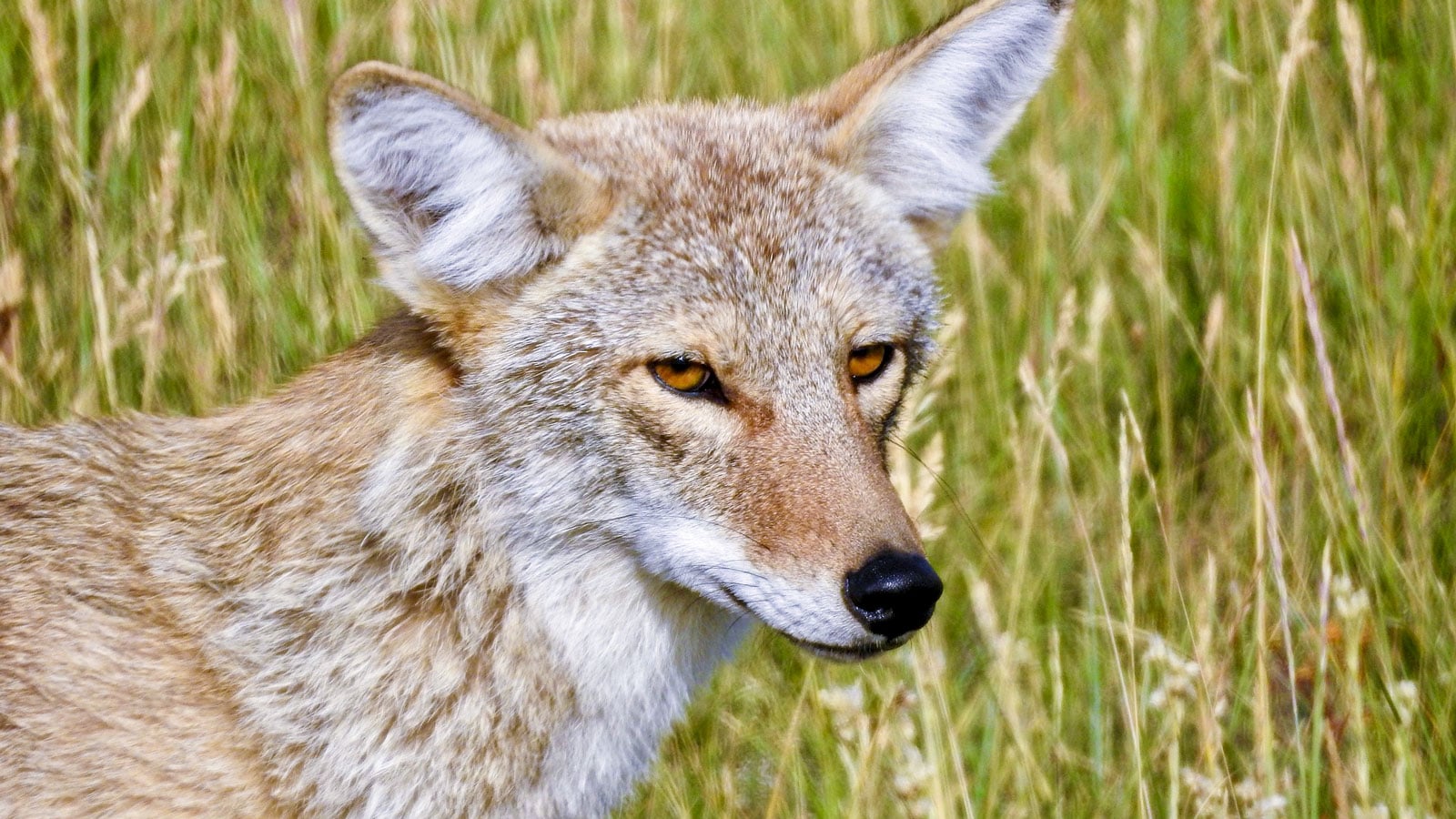
More animals can be found in natural areas such as wetlands, prairies, forests, and even parks at the top of the river banks. This area is called the uplands, and the wildlife that live here benefit from proximity to the water as a source of food.
Bats live around the Chicago River system, but “populations throughout the world have been hit hard by habitat loss, pesticide use, and white-nose syndrome,” writes the Friends of the Chicago River.
To help ease the burden on the bats, they installed “bat maternity colonies” – roughly 4-foot-square boxes that sit atop stilts – a few years ago.
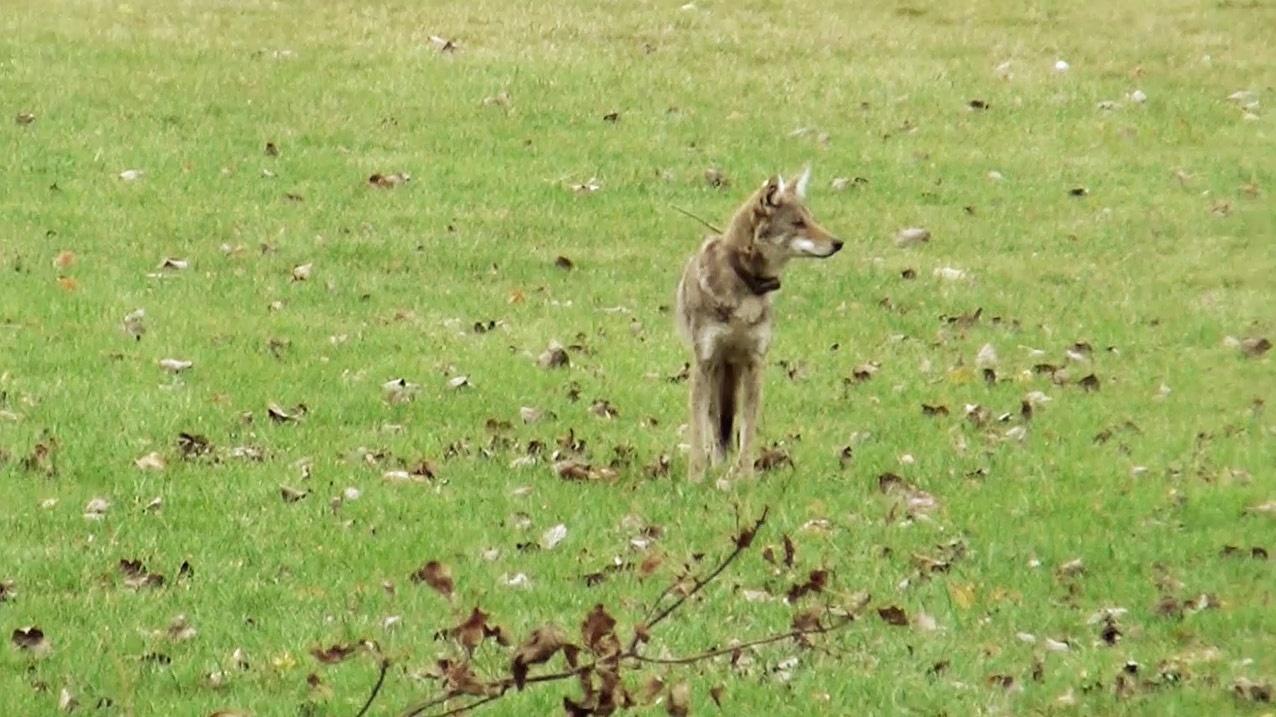
Urban Nature
Take a walk on the wild side with host Marcus Kronforst and WTTW tracking animal and plant life in the urban jungle of Chicago, New York, and San Francisco in this 16-part short-form series.
Go deeper“Some species use large maternity colonies, so there would be a natural habitat that would exist. And since we’ve lost a lot of habitat, we built… maternity colonies to mimic what you would find in nature,” Frisbie said. In their posh new condos, the bats can give birth and nurse their pups. Doing this benefits humans, too: bats eat mosquitos.
The uplands are also home to other mammals, including groundhogs, foxes, deer, raccoons, and coyotes. Coyotes have been known to make headlines in Chicago, especially when they are spotted in downtown Chicago. Researchers estimate that there are up to 4,000 coyotes in Cook County. (Quick tip: if you encounter a coyote, make yourself look big and make noise.)
Though Chicago has a network of park systems and natural areas, highly mobile animals such as coyotes can find themselves in densely packed urban environments that are not meant for them. Frisbie says “connectivity” between upland areas is key, so wildlife advocates are thinking of ways to provide safer corridors for wildlife to move about the Chicago River area.
The health of the river system and its flora and fauna has a direct connection to the well-being of people, too. Frisbie said that these plants and animals are all part of the larger concept of public health.
“It’s really about this vibrant river that’s alive with people and wildlife and native plant communities,” Frisbie said. “Thinking beyond just the banks of the river system, there’s this idea that we could live in green, healthy communities and build resiliency against the climate crisis.”







